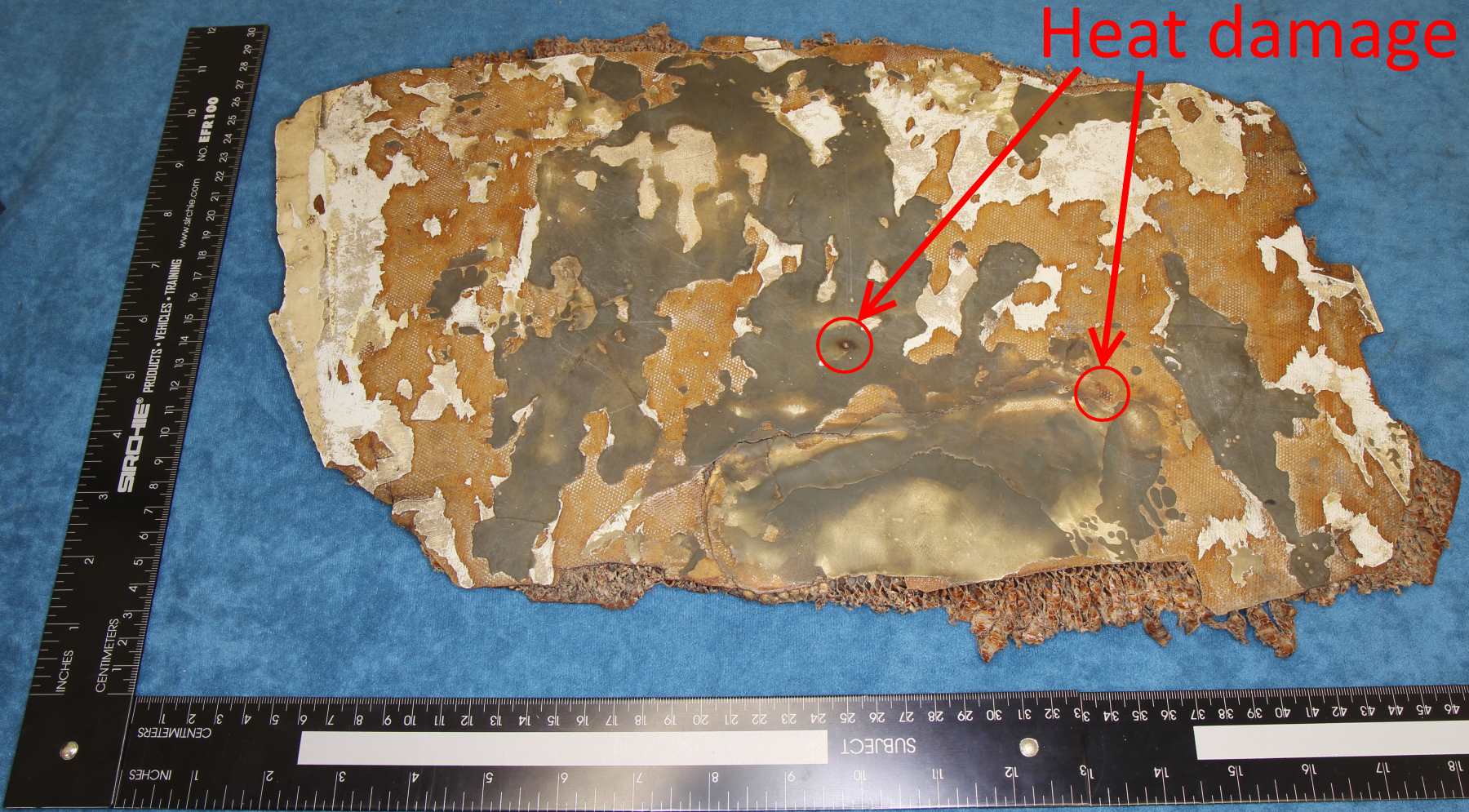MH370: Investigators question 'fire damage' evidence on Madagascar debris
Officials still yet to determine whether the five items came from the missing Boeing 777

Investigators have cast doubt on the discovery of "fire-damaged" debris washed up on Madagascar, which were seen as possible evidence to the cause of the Malaysia Airlines MH370 crash more than two years ago.
Officials at the Australian Transport Safety Bureau are still yet to determine whether the five items of debris came from the missing Boeing 777.
But they said that a preliminary investigation showed at least two of the pieces, panels of fiberglass honeycomb, were discoloured naturally as a result of resin in the material, not exposure to fire or heat.
One piece had three small areas of heat damage and gave off a burnt odour. But investigators said this smell suggested the fire damage was imparted recently.
"It was considered that burning odors would generally dissipate after an extended period of environmental exposure, including salt water immersion, as expected for items originating from" the missing plane, the ATSB statement said.
The five new pieces of debris were found by self-styled MH370 wreckage hunter Blaine Gibson, a US citizen who has previously discovered items confirmed as "highly likely" to be from the plane.
His most recent discovery was met with excitement by the relatives of those killed in the crash, who called for them to be investigated immediately.
But after the Malaysian authorities failed to pick up the pieces from Mr Gibson in Madagascar, he decided to hand-deliver them to the ATSB.
In a statement released on Thursday, the ATSB said: "No manufacturing identifiers, such as a part numbers or serial numbers were present on either item, that may have provided direct clues as to their origin.
"At the time of writing, work is ongoing to determine the origin of the items, specifically, whether they originated from a Boeing 777 aircraft."
In total, Mr Gibson has collected 14 pieces of debris he believes could be from the missing plane, including a triangular panel stenciled "no step" that he found in Mozambique in February. Officials said that panel was almost certainly a horizontal stabilizer from a Flight 370 wing.
Meanwhile, an underwater search of 120,000 square kilometers (46,000 square miles) of seabed in the southern Indian Ocean continues. The search, which is believed to cover the most likely area for a crash site, is almost complete - without any trace of the plane being found.
Join our commenting forum
Join thought-provoking conversations, follow other Independent readers and see their replies
Comments
Bookmark popover
Removed from bookmarks